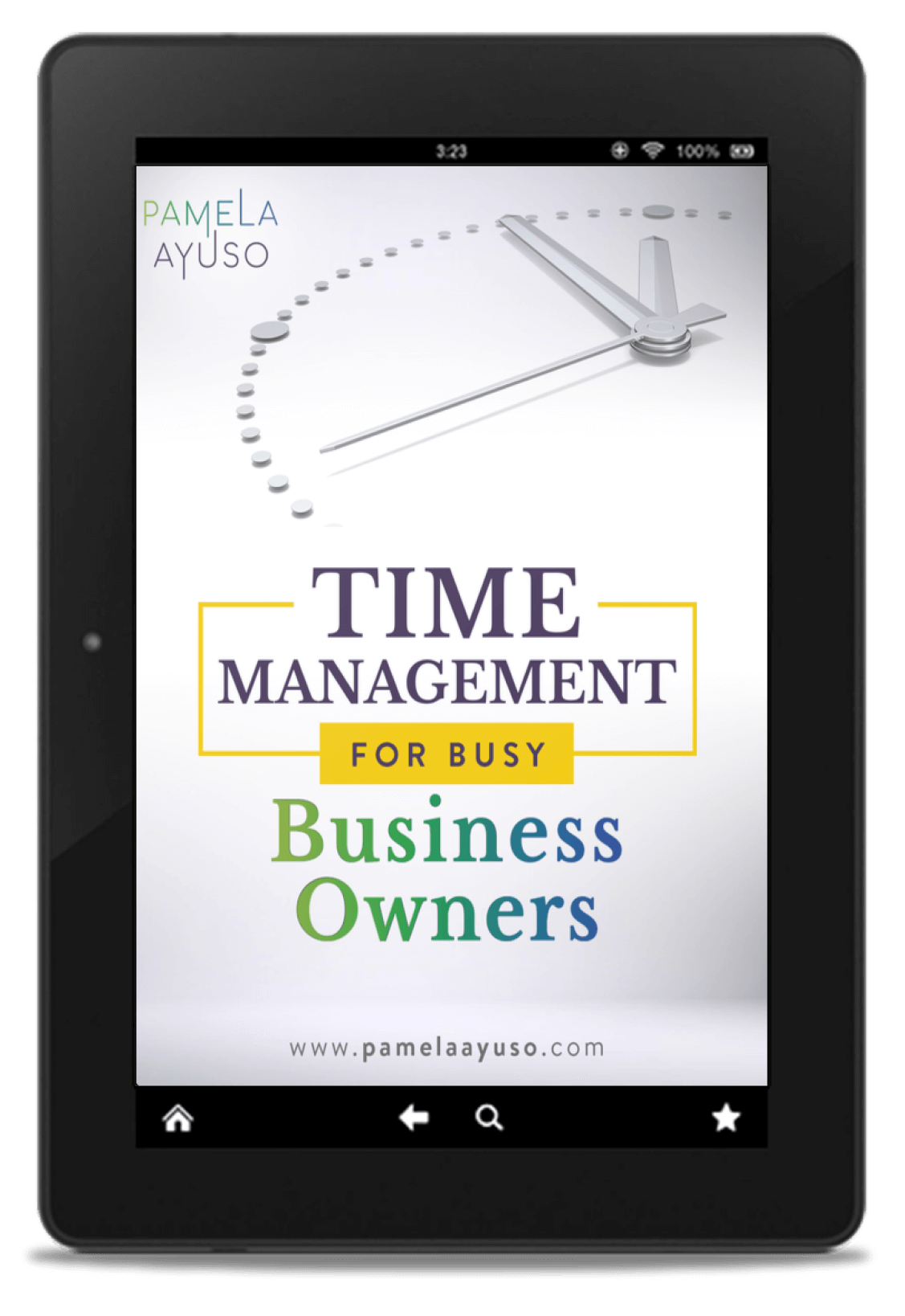When I was in graduate school, I put together my first real to-do list. It was not the type of to-do list where you write down all the assignments you have due in the next week or two. I had done plenty of those which included everything I had been procrastinating that needed to get done. This list was different. It didn’t just include projects for my classes but also personal items as well as commitments I had made in other activities.
As soon as I started writing everything down, I was astounded by how long it was. I hadn’t realized how much work I had been putting off or not even thinking about simply because I hadn’t written everything down. I learned a valuable lesson at that point – if there is even a slight hope that something will get done, I had to write it down first.
Putting together lists like these consistently became my next challenge. I would make them occasionally, but only when I had too much to do, and I needed some clarity. It wasn’t until I implemented a project management software at my previous company that I started to maintain a permanent and ever-revolving to-do list. I finally got into the habit of adding everything into the system and completing the task items as the reminders came up each day.
![[Photo: Stil/Unsplash]](/wp-content/uploads/2021/01/stil-ck0i9Dnjtj0-unsplash.jpg)
[Photo: Stil/Unsplash]
The Method
Over time, these experiences evolved into the fool-proof method I now use to take care of everything that comes up.
1. Record it: Every time you realize you must do something, write it down immediately. How you keep track of the items that come up during your day depends on how you manage your to-do list. Because I manage mine digitally, I use email to send myself a message that automatically adds a task on my to-do list. Some people prefer to write down a reminder. The method is irrelevant; what matters is that the pending item makes it to your list.
2. Organize the list: If you have the time, organize your to-do list at the end of the day for the next day. If you haven’t been able to do it before, set up your list of things to do before you do anything related to your day’s work. Arrange your tasks by priority and ensure that only what you can accomplish on that day is on your list.
3. Move tasks: If you cannot complete something on that day, move it into the future at a time when you can work on it. It’s important not to clutter your list with tasks you won’t be able to do on that day. It will only give you a sense of powerlessness. It’s better to have a shorter, doable list, rather than a heroic, yet impossible set of tasks.
![[Photo: Ricardo Gomez Angel/Unsplash]](/wp-content/uploads/2021/01/ricardo-gomez-angel-2mjl2uvz9ic-unsplash.jpg)
[Photo: Ricardo Gomez Angel/Unsplash]
4. Do the tasks when you scheduled them: Developing confidence in your system starts with doing what you placed on your list on the day you scheduled it. As you start accomplishing what you set out for yourself each day, you will know you can rely on your list to help you achieve your goals.
5. For more difficult or lengthy tasks, set a time on your schedule: If there is an item you are procrastinating on and can’t seem to get done on time, block a specific time on your schedule to work on the task. If this is not working, find a partner to help keep you accountable or set a deadline for yourself.
6. Above all else, don’t forget to put everything that comes up into your to-do list: This practice will ensure that everything that needs to be on the list gets there. You may later decide one individual idea or action is not important and remove the task. Ultimately, it’s far better to develop the habit to ensure that everything you need makes it there. Maintaining this routine is difficult because you need to stop what you are doing in any given moment and write down the pending item, lest you forget it. More than that, sometimes we are hesitant to put one more thing on our list. Nevertheless, I’ve learned it’s better to deal with the issue at hand rather than ignore it. It will come back and can be even more time-consuming later.



